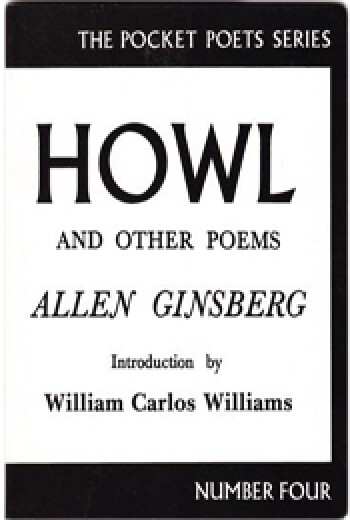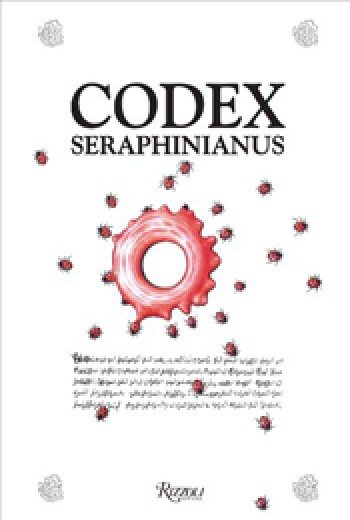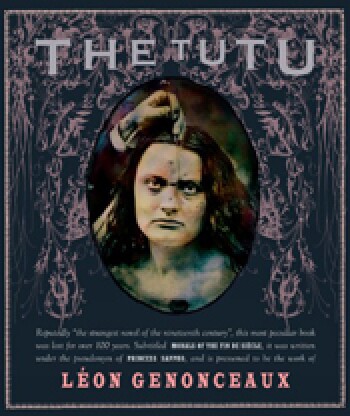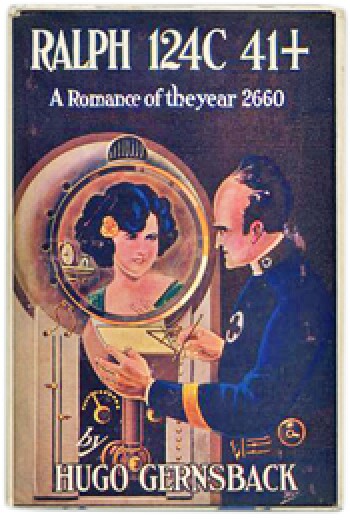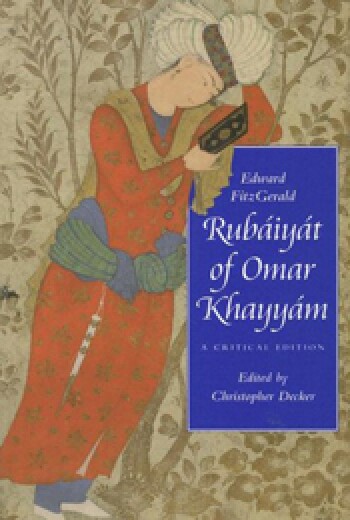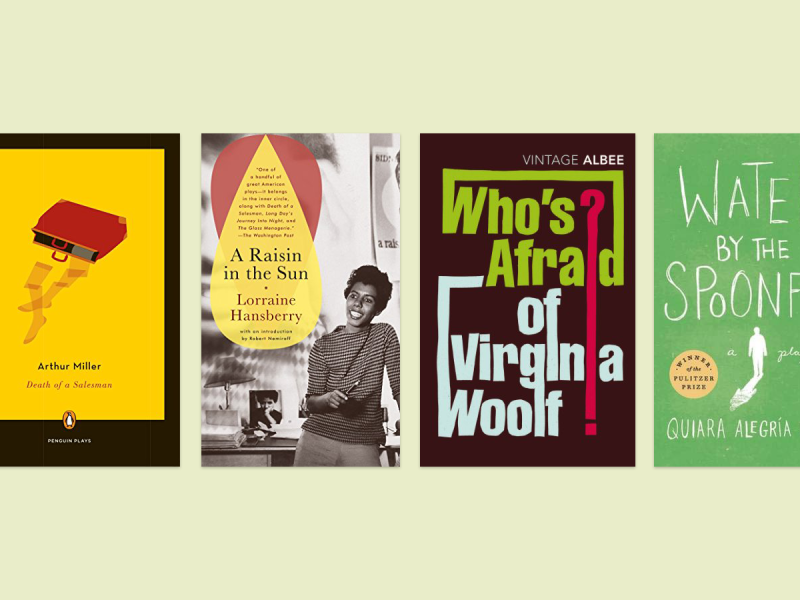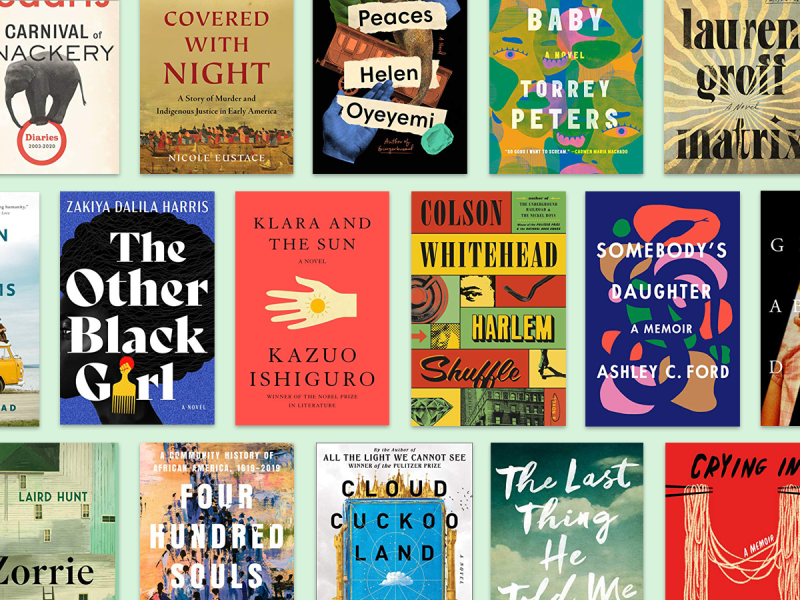
Defining a cult book is not easy. Let's start with the more obvious aspects of cult lit. To begin, a cult book should have a passionate following. Buckets of books fall into this category, including classics like J.D. Salinger's The Catcher in the Rye and On the Road by Jack Kerouac. But even megasellers Harry Potter and 50 Shades of Grey can be considered cult lit by that definition. A cult book should have the ability to alter a reader's life or influence great change, and for the purpose of this list, it should also be a bit odd and a tad obscure.
Many of the titles we've selected have barely seen the light of day beyond their incredibly dedicated and perhaps obsessive following. Only five copies of Leon Genonceaux's 1891 novel The Tutu existed until the 1990s because Genonceaux was already in trouble for immoral publishing when he wrote it and feared a life in prison if he distributed the book to the public. Similarly, The Red Book by Carl Jung was reserved for Jung's heirs for decades before it was made available to a wider audience.
Some of the books on our list are more widely known (though not necessarily widely understood). Robert M. Pirsig introduced the Metaphysics of Quality, his own theory of reality, in his philosophical novel Zen and the Art of Motorcycle Maintenance. The book was rejected by more than 100 publishers before it was finally published by William Morrow & Company in 1974 and today it's regarded as one the most influential texts in American culture.









